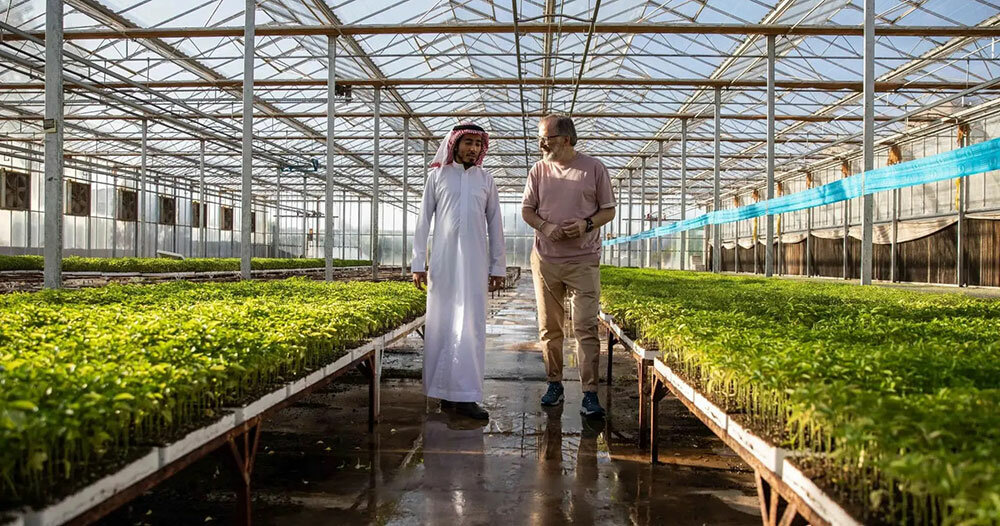The Future of Greenhouses: Innovations in Sustainable Agriculture
Are you interested concerning the future of greenhouses and just how they are reinventing lasting farming? From advanced climate control systems to vertical farming techniques, water-efficient irrigation approaches, eco-friendly energy combination, and clever information analytics, these advancements are changing the method we grow our food.
Advanced Climate Control Systems
To accomplish optimal growing conditions, you can rely upon the innovations in greenhouses with advanced environment control systems. These systems have actually revolutionized the means we grow plants, giving a regulated setting that is favorable to plant development. With these innovative systems, you can currently manipulate temperature, humidity, light levels, and also CO2 focus to produce the ideal conditions for your plants to prosper.
One of the essential functions of these advanced climate control systems is their capacity to manage temperature. By utilizing sensing units and automated controls, the greenhouse can readjust the temperature level based upon the particular needs of the plants. This ensures that they are never ever subjected to severe warmth or cool, which can be damaging to their development.
Humidity control is an additional important facet of these systems. By keeping the suitable moisture degrees, you can prevent issues such as mold and mildew, mildew, and condition from affecting your plants. These systems can also manage the amount of light that reaches the plants, ensuring that they obtain the optimal amount for photosynthesis.
Additionally, advanced environment control systems can even manipulate carbon dioxide focus. By enhancing the degrees of CO2 in the greenhouse, you can boost plant development and efficiency. This is specifically beneficial in locations with low all-natural CO2 degrees.
Vertical Farming Methods
One important vertical farming technique is making use of stacked growing systems. Monarch Greenhouse construction Utah. These systems involve arranging plants in multiple layers, up and down piled on top of each other. By utilizing vertical room, farmers can optimize their plant yield without calling for extra land. Piled growing systems are commonly made use of in city areas where space is restricted.
One prominent method is understood as vertical hydroponics, where plants are grown in nutrient-rich water without dirt. This technique is highly effective as it lowers water use by approximately 90% compared to typical farming techniques. In addition, considering that the plants are expanded inside, they are safeguarded from pests and conditions, reducing the requirement for pesticides.
Another strategy is aeroponics, which includes suspending the plant origins in a mist or air environment. This approach permits for optimum nutrient absorption and oxygenation, resulting in faster growth and greater returns. Aeroponics also utilizes less water than traditional farming and can be executed in upright systems, making it a prominent option for vertical farming.
Water-efficient Watering Techniques
Maximizing water preservation is essential when it comes to executing water-efficient watering techniques in lasting agriculture. With international water shortage coming to be a pushing concern, it is vital to develop cutting-edge methods that maximize water use in greenhouse procedures.
One appealing technique is drip irrigation, which delivers water directly to the plant roots, minimizing waste and evaporation. By utilizing a network of tubes with tiny emitters, water is used gradually and specifically, guaranteeing that plants obtain the essential dampness without excess overflow.
Another efficient method is making use find out here of soil dampness sensors. These devices measure the wetness content in the soil and give real-time data to farmers. By monitoring the dirt's moisture degrees, farmers can precisely determine when and just how much water to use, preventing over-irrigation.
Furthermore, the execution of rain harvesting systems is obtaining appeal in greenhouse agriculture. Accumulating rain from rooftops and keeping it in containers allows farmers to utilize this natural deposit for irrigation purposes, reducing reliance on traditional water sources.
Last but not least, the adoption of automated watering systems can substantially enhance water performance. These systems utilize sensors to spot dirt dampness levels and climate condition, changing watering routines as necessary. By enhancing water usage based upon real plant demands, these systems can reduce water waste and promote lasting farming practices.
Renewable Power Combination
Sustainable power assimilation in greenhouses offers a number of advantages, including lowered running prices and reduced dependence on non-renewable energy sources. The created power can then be used to run different procedures within the greenhouse, such as air flow, heating, and lighting systems. These wind turbines harness wind power and transform it into power, which can be made use of to supplement the energy demands of the greenhouse.
Smart Information Analytics and Automation
To improve the effectiveness of your greenhouse procedures and optimize resource usage, think about applying wise data analytics and automation. Smart data analytics includes gathering and assessing information from various sensing units and gadgets within your greenhouse.
This can include automating the control of lights, air flow, irrigation systems, and nutrient shipment. By automating these processes, you can ensure that your plants receive the ideal conditions and nutrients at the ideal time, without the demand for constant hand-operated treatment.
Moreover, smart data analytics and check this site out automation can interact synergistically. The data accumulated by sensing units can be made use of to educate computerized systems, permitting them to make real-time modifications based upon the present conditions. This assimilation of data analytics and automation can result in much more efficient and precise resource allotment, ultimately causing greater returns and better crop top quality.
Verdict
In verdict, the future of greenhouses in sustainable farming looks promising. With advanced environment control systems, upright farming methods, water-efficient watering methods, and eco-friendly energy combination, greenhouses are coming to be much more environmentally friendly and reliable.

By optimizing water usage based on actual plant demands, these systems can reduce water waste and advertise sustainable farming techniques.
